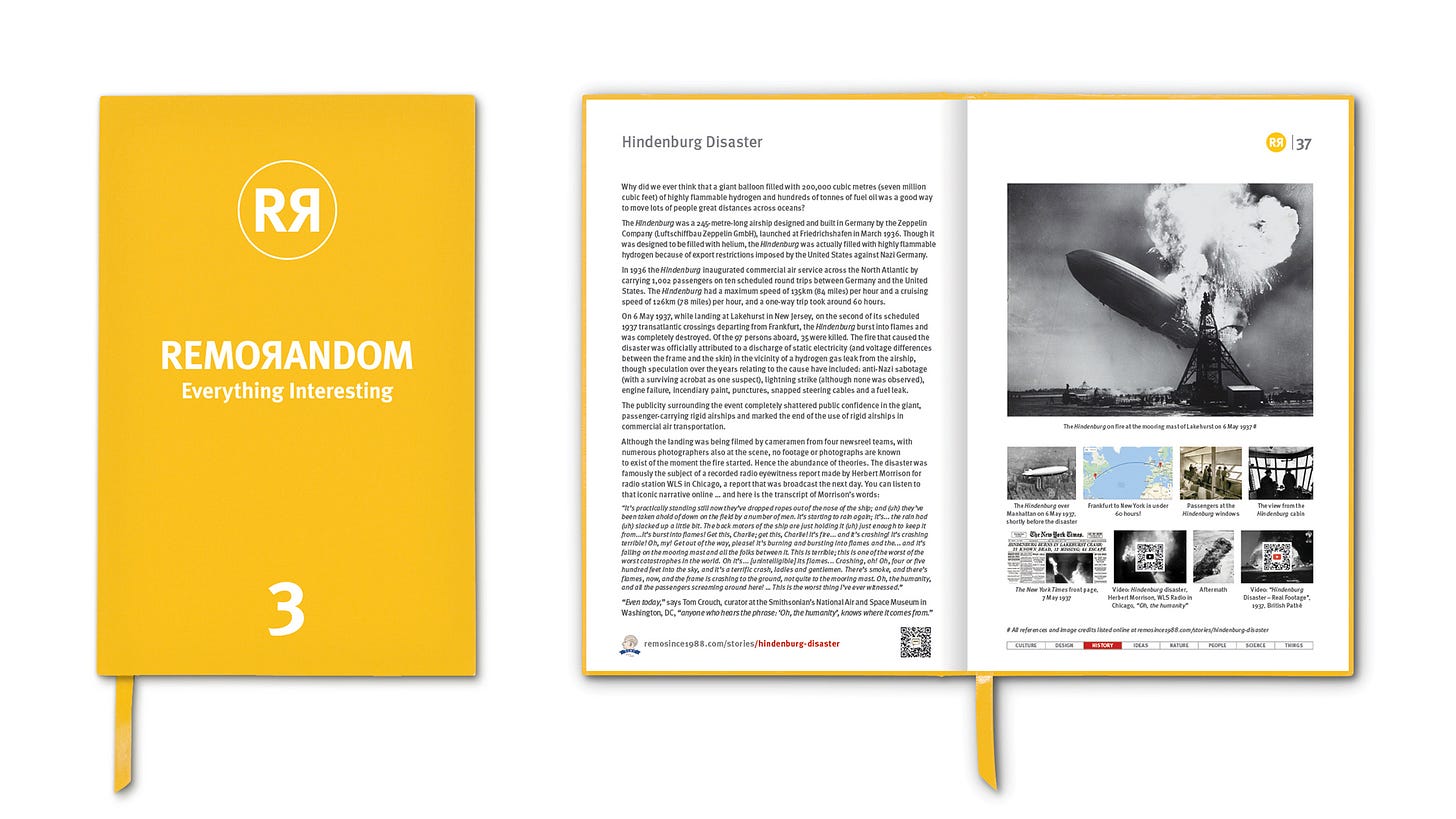Hindenburg Disaster
Why did we ever think that a giant balloon filled with 200,000 cubic metres of highly flammable hydrogen alongside hundreds of tonnes of fuel oil was a good way to move lots of people across oceans?
The Hindenburg was a 245-metre-long airship designed and built in Germany by the Zeppelin Company (Luftschiffbau Zeppelin GmbH), launched at Friedrichshafen in March 1936. Though it was designed to be filled with helium, the Hindenburg was actually filled with highly flammable hydrogen because of export restrictions imposed by the United States against Nazi Germany.
In 1936 the Hindenburg inaugurated commercial air service across the North Atlantic by carrying 1,002 passengers on ten scheduled round trips between Germany and the United States. The Hindenburg had a maximum speed of 135km (84 miles) per hour and a cruising speed of 126km (78 miles) per hour, and a one-way trip took around 60 hours.
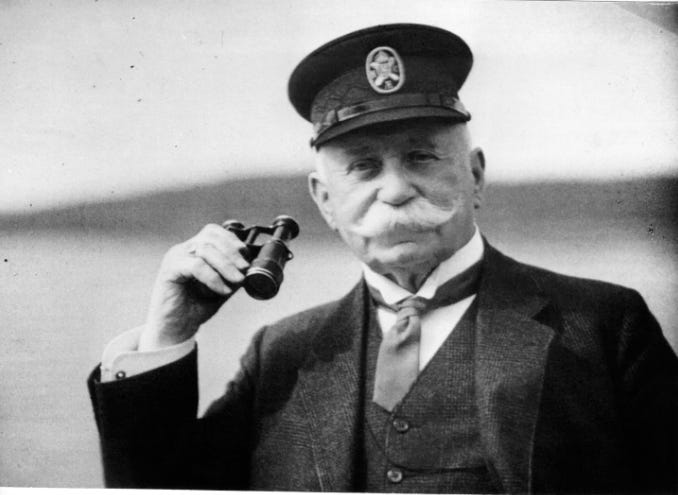
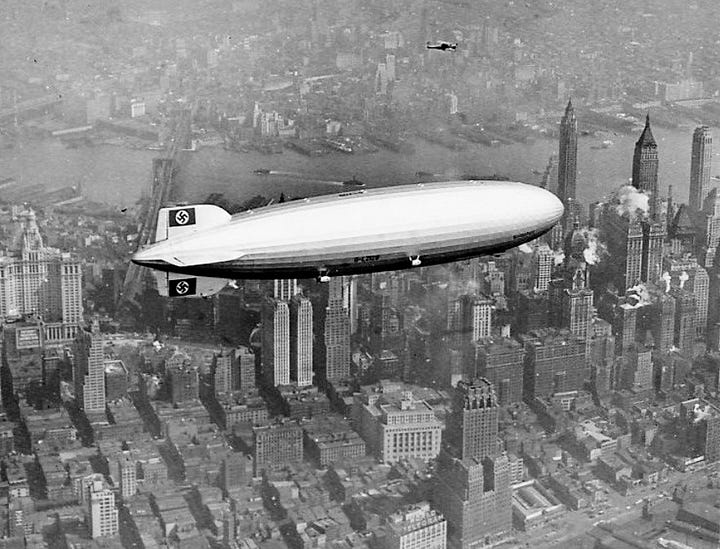
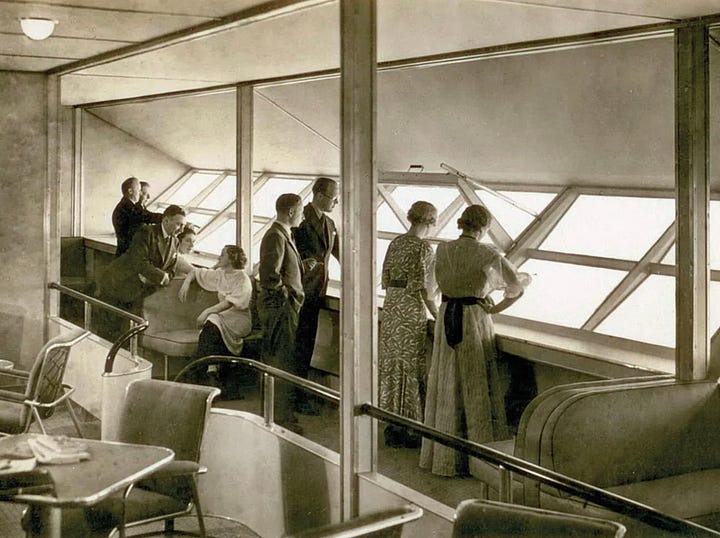
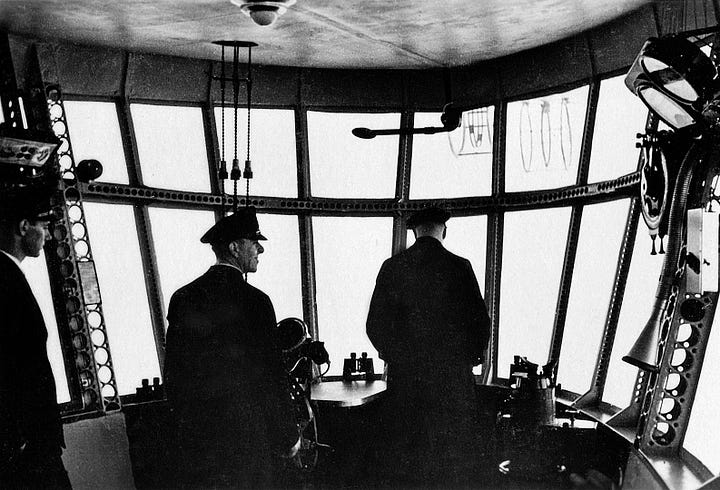
On 6 May 1937, while landing at Lakehurst in New Jersey, on the second of its scheduled 1937 transatlantic crossings departing from Frankfurt, the Hindenburg burst into flames and was completely destroyed. Of the 97 persons aboard, 35 were killed. The fire that caused the disaster was officially attributed to a discharge of static electricity (and voltage differences between the frame and the skin) in the vicinity of a hydrogen gas leak from the airship, though speculation over the years relating to the cause have included: anti-Nazi sabotage (with a surviving acrobat as one suspect), lightning strike (although none was observed), engine failure, incendiary paint, punctures, snapped steering cables and a fuel leak.
The publicity surrounding the event completely shattered public confidence in the giant, passenger-carrying rigid airships and marked the end of the use of rigid airships in commercial air transportation.


Although the landing was being filmed by cameramen from four newsreel teams, with numerous photographers also at the scene, no footage or photographs are known to exist of the moment the fire started. Hence the abundance of theories.
The disaster was famously the subject of a recorded radio eyewitness report made by Herbert Morrison for radio station WLS in Chicago, a report that was broadcast the next day. You can listen to that iconic narrative HERE – and here is the transcript of Morrison’s words:
“It’s practically standing still now they’ve dropped ropes out of the nose of the ship; and (uh) they’ve been taken ahold of down on the field by a number of men. It’s starting to rain again; it’s... the rain had (uh) slacked up a little bit. The back motors of the ship are just holding it (uh) just enough to keep it from...It’s burst into flames! Get this, Charlie; get this, Charlie! It’s fire... and it’s crashing! It’s crashing terrible! Oh, my! Get out of the way, please! It’s burning and bursting into flames and the... and it’s falling on the mooring mast and all the folks between it. This is terrible; this is one of the worst of the worst catastrophes in the world. Oh it’s... [unintelligible] its flames... Crashing, oh! Oh, four or five hundred feet into the sky, and it’s a terrific crash, ladies and gentlemen. There’s smoke, and there’s flames, now, and the frame is crashing to the ground, not quite to the mooring mast. Oh, the humanity, and all the passengers screaming around here! … This is the worst thing I’ve ever witnessed.”
“Even today,” says Tom Crouch, curator at the Smithsonian’s National Air and Space Museum in Washington, DC, “anyone who hears the phrase: ‘Oh, the humanity’, knows where it comes from.”
Video
REMORANDOM Book Chapter
